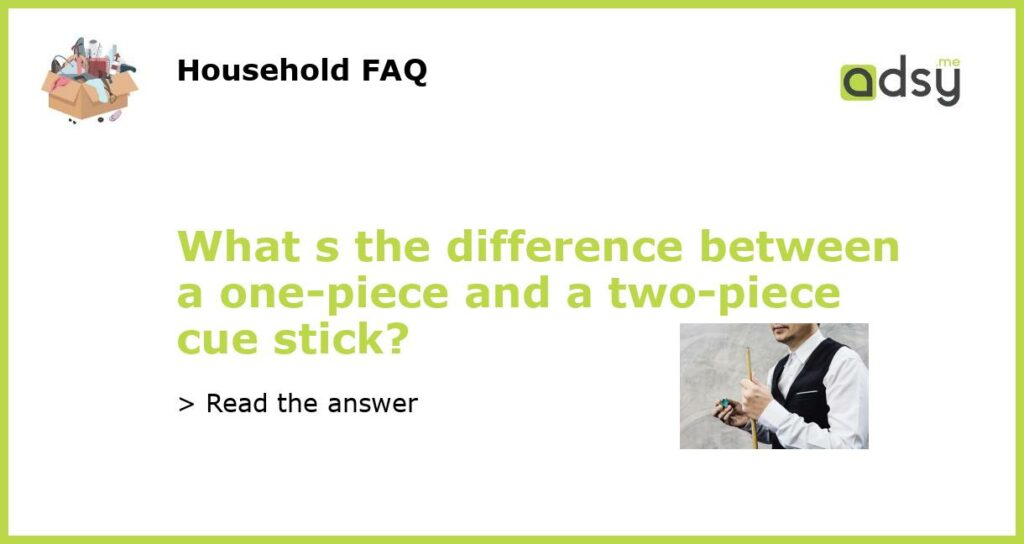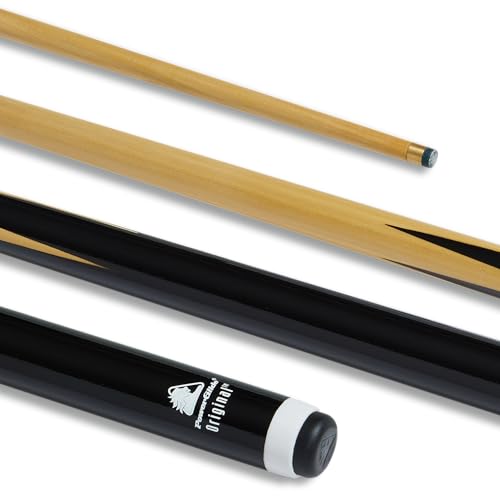The Basics: One-piece vs. Two-piece Cue Sticks
Whether you’re an experienced player or just starting out, choosing the right cue stick is essential to playing your best game. The two most common types of cue sticks are one-piece and two-piece designs. Let’s take a closer look at the main differences between these two styles.
Construction and Feel
The most apparent difference between one-piece and two-piece cue sticks is their construction. One-piece cues are made from a single piece of wood, creating a consistent and smooth feel from the butt to the tip. Two-piece cues, on the other hand, feature a joint in the middle that allows them to be separated into two pieces for better portability.
Portability and Convenience
If you’re someone who needs to travel with their cue stick, then a two-piece design is undoubtedly your best bet. Being able to take the cue apart and pack it into a case makes transportation more manageable and can prevent damage in transit. On the other hand, one-piece cues can be clumsier to transport, taking up more room and being more delicate.
Cost and Performance
Another significant factor to consider when choosing between one-piece and two-piece cue sticks is cost. One-piece cues are typically made from more expensive materials than two-piece cues, such as high-quality wood, which can make them more expensive upfront. However, they are generally more durable in the long run, leading to less need for maintenance or replacement.
In conclusion, choosing between a one-piece and two-piece cue stick comes down to personal preference and playing style. One-piece cues offer a more stable and consistent feel but can be more cumbersome and expensive. Two-piece cues are more portable and convenient, but may not offer the same performance as a one-piece cue. Ultimately, both designs can be great choices, so pick the one that feels best for your game.






